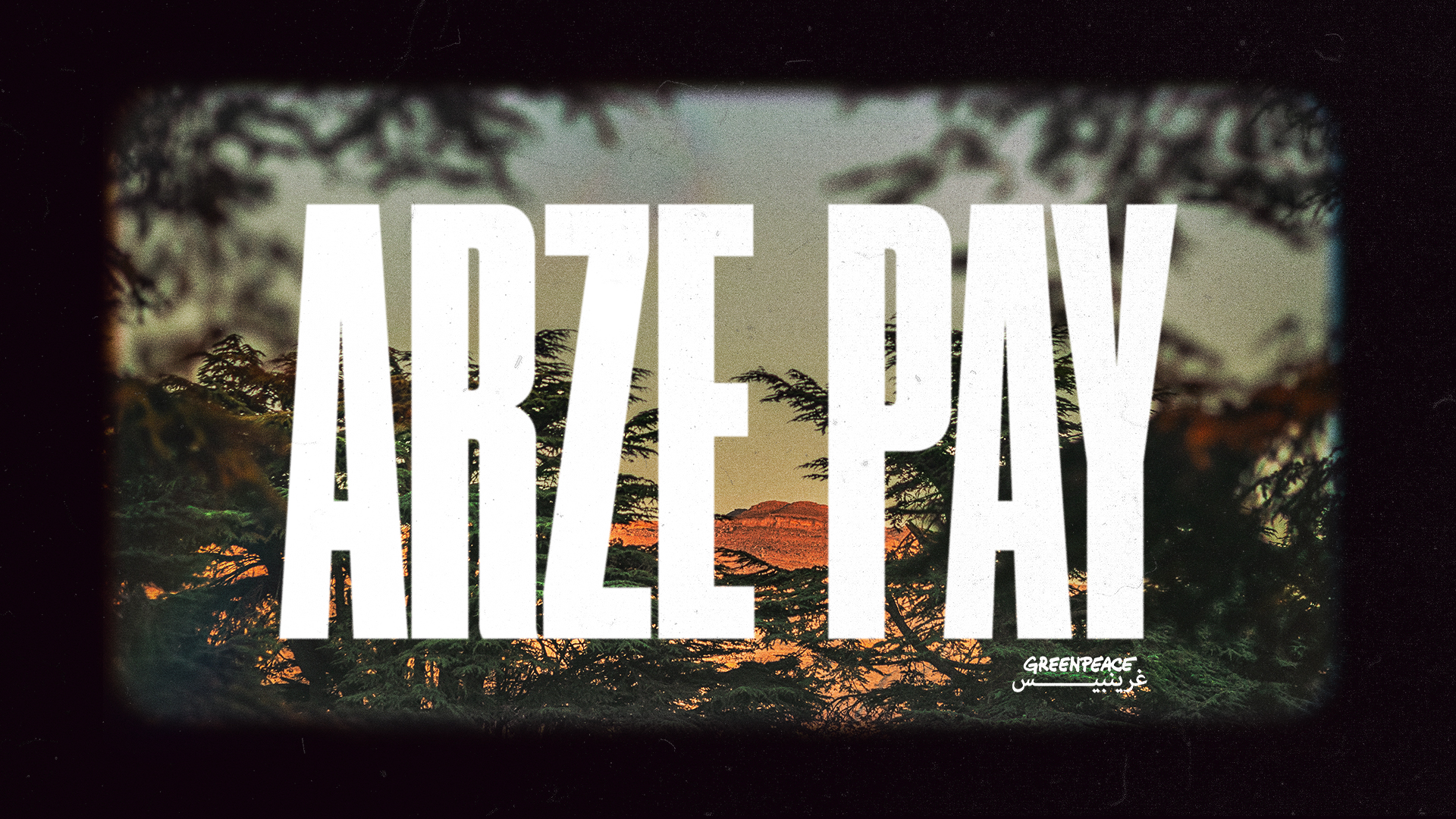

Life on earth as we know it today is moving towards worrying extremities. Between severe forest fire seasons, droughts, and extreme weather events, we are sounding the alarm for the future of our planet — and our region.
Despite our shifting realities, our work is fundamentally informed by hope and perseverance in the face of challenges, much like the beautiful cedar trees of Lebanon.
Yet now, the survival of this symbol of strength to which we turn and look up is in question. With warming temperatures and prolonged drought conditions, the Lebanese cedars have become more exposed to environmental conditions unsustainable for their survival. These warming temperatures driven by frequent wildfires are encroaching upon the high mountain ranges, where the cedar trees rest.
• WATCH THE VIDEO •
• THE WAY IT WORKS •
#1
Take your phone and enter the link here.
#2
Scan any image of a cedar tree
#3
Support Greenpeace MENA
Together, a green future is possible. Spread the word!
• KEY FACTS •
The Lebanese Cedar tree played a key role in shaping the Phoenician trading empire.
Cedar trees can survive for over a thousand years.
Today, there are only 17 square kilometres of cedar woodland left in Lebanon.
Due to warming temperatures, cedar forests are being infested by insects known for decimating entire tracts of forests.
